One year on from the devastating floods brought by Storm Babet, communities in Brechin say they have been left living in a “ghost town” fearing future floods could force them to abandon their homes once again.
Some of the worst damage anywhere in the country happened in the Angus town, where 58 homes remain empty after torrential rain and winds saw the region placed under a rare 18-hour danger-to-life weather warning.
Hundreds of homes were evacuated while emergency crews deployed boats to search flooded properties after the River South Esk reached record-breaking heights.
But the council insisted in a “myth” busting campaign – later dropped after public backlash – that the existing £16 million flood defences had not failed.
Councillors will meet next month to discuss the way forward. But local residents are questioning whether an eventual return to those homes is worth the risk.
The Courier can reveal councillors will be asked to endorse a public consultation featuring a range of potential options.
These include installing new flood protection measures or heightening the existing system – although this would still not be high enough to protect against flooding as severe as that experienced during Storm Babet.
Other potential strategies include removing the gravel bank at Brechin to water level so as to avoid full dredging.
Another option is to renovate the existing houses or remodelling them – effectively placing them on stilts.
The most extreme option would see the properties demolished and the residents relocated.
Angus councillor Gavin Nicol previously ran a building firm for more than 20 years.
He believes the homes will never be fit for human habitation and fears it will only be a matter of time before they have to be evacuated again.
Mr Nicol said: “When the flooding happened, I remember saying that the folk won’t be back by that Christmas. But they won’t be back by this Christmas either.
“We’re in dire straits. It’s been a year now and it’s like we’re not moving forward.”
As well as the flood damage he said there is a possibility the homes affected have also suffered structural damage, potentially reducing the weight bearing capacity of the property’s foundations.
He said it was a matter of “when not if” there would be another flood.
The councillor added: “We can’t be putting folk back in these houses and then bringing them out waist deep in water just with the clothes on their backs.
“We’ll have to wait on the full report coming but as someone who had his own building business, I’d say a lot of these houses could be doomed.”
Pensioner Ian Stewart and his wife Jane were forced to flee to the emergency centre at Brechin Community Campus when a metre of water flooded into their home.
The 84-year-old retired baker has now returned to the property on River Street but says the area around them has become a “ghost town”.
The couple are struggling to get life back to normal and repairs are still ongoing at their home.
‘It’s always in your mind’
And they live in constant fear another flood could set them back.
Ian said: “It’s always in the back of your mind. It’s something we have to live with.
“When you’re younger you’re able to do things but now that I’m my age, I’m not able to do anything at all. I don’t have the energy to stand and I have arthritis in my knees.
“This is the second time we’ve had a big flood in our house. In 2004, it was just up to my knees but it was a metre high in my kitchen this time.”
Angus Council received £6.9 million in April from a national scheme designed to help local authorities in the aftermath of emergencies.
Families affected by the storm were also able to apply for £1,500 in lifeline funding from the Scottish Government. Businesses could ask for up to £3,000.
A total of £100,000 was made available to the council through the Scottish Government’s homelessness budget, with a further £95,000 provided for the Brechin post-flood and optioneering report.
The money helped repair the vital Brechin Bridge after it was closed for almost four months due to structural damage.
But there has been continued frustration over the pace of repairs and the level of help made available.
One year on, many of those at the sharp end of severe weather events are still questioning what the future looks like.
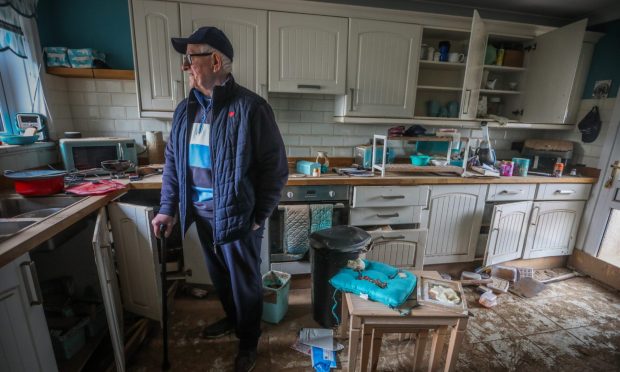
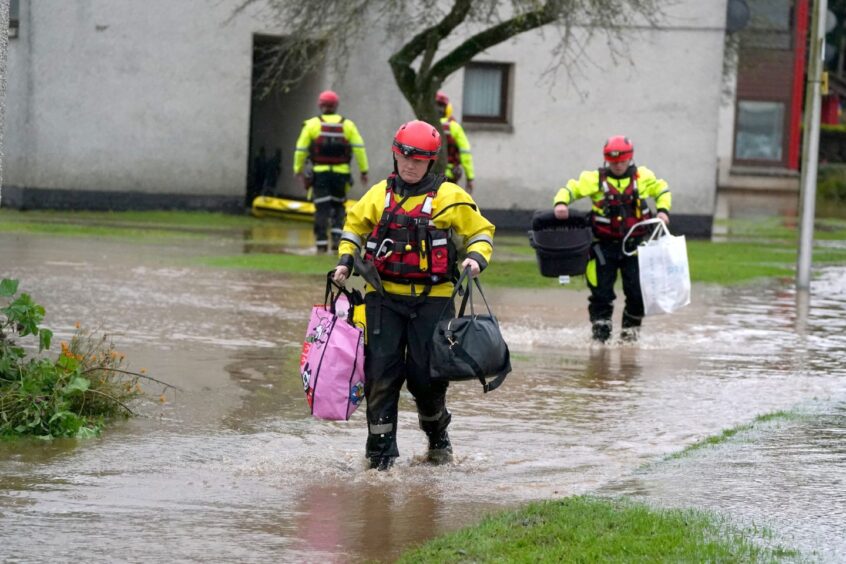
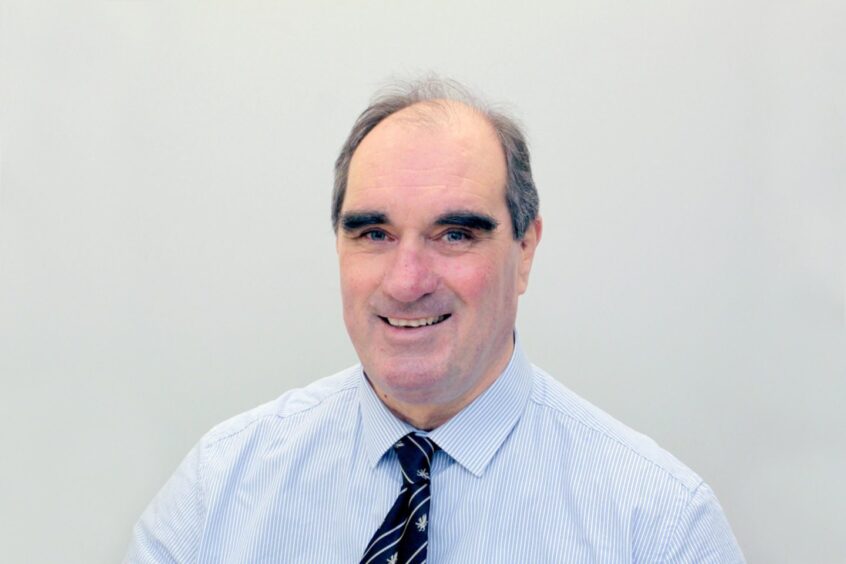
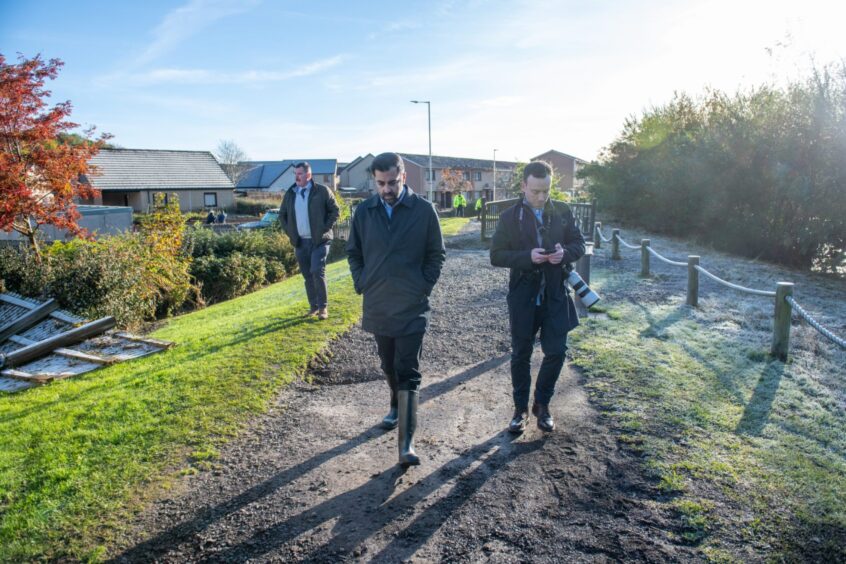
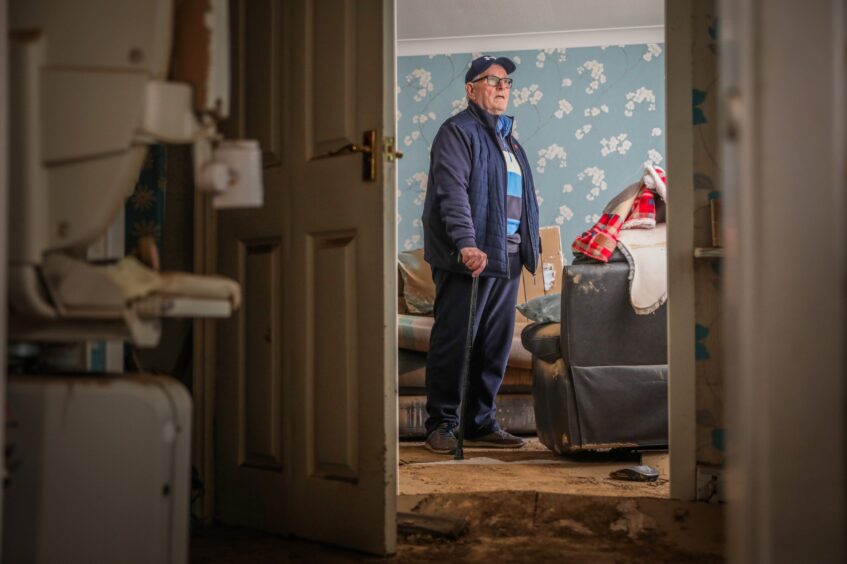




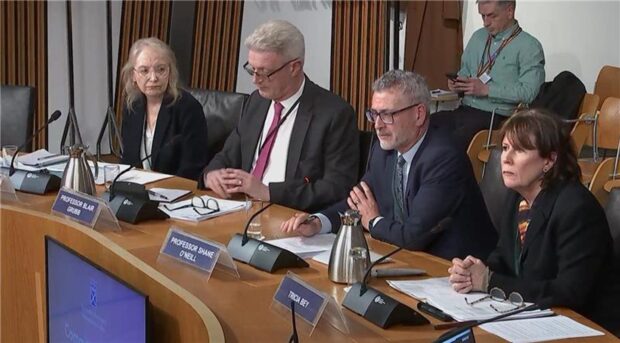
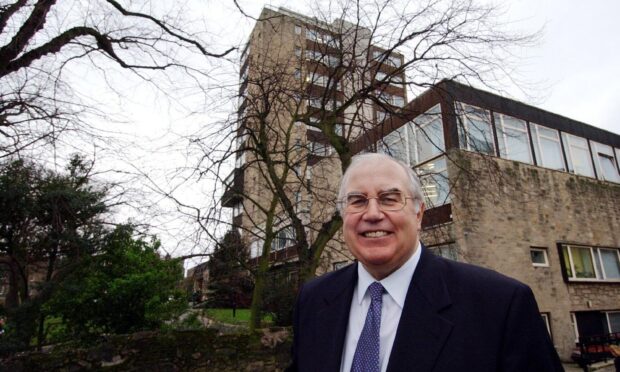
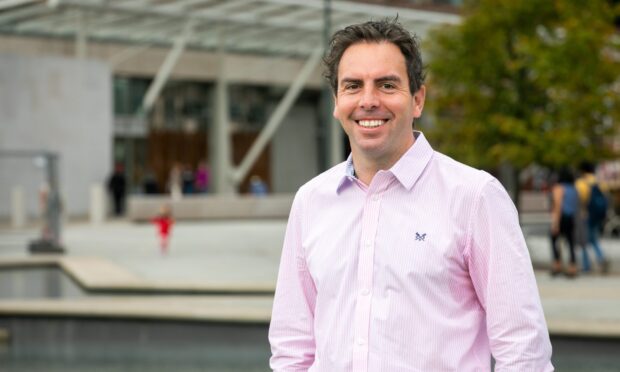




Conversation